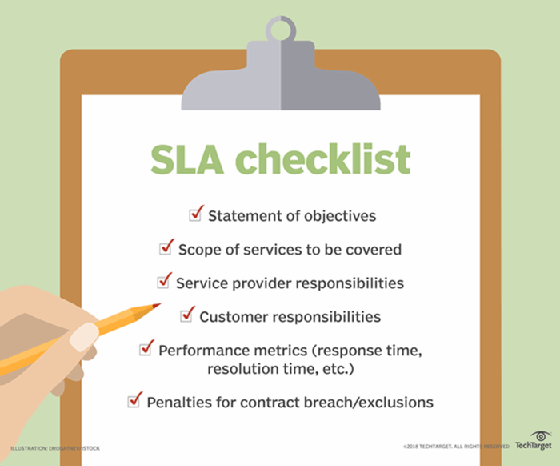What is a Service Level Agreement (SLA)?
A Service Level Agreement (SLA) is a contractual commitment between a service provider and a client specifying the standards and expectations for the service provided.
Detailed Explanation
In the SaaS world, an SLA typically includes details on the quality, availability, and responsibilities of the service. It often outlines performance metrics, problem responses, and penalties for not meeting these standards. For instance, a SaaS provider may commit to 99.9% uptime and stipulate the actions to be taken in case of a service outage.

Why it Matters
SLAs are vital for SaaS CEOs and CMOs as they establish clear expectations between the provider and the client, promoting transparency and trust. They also provide a basis for accountability, ensuring that the service provider delivers on their promises.
Potential Misunderstandings
A common misconception about SLAs is that they guarantee the flawless performance of a service. In reality, an SLA only lays out the agreement about the service standards and how failures are handled.
Frequently Asked Questions
1. What are common elements of a SaaS SLA?
A typical SaaS SLA includes details like service scope, performance metrics, problem response/resolution times, and penalties for service breaches.
2. Do all SaaS providers offer SLAs?
No, not all SaaS providers offer SLAs, especially smaller companies or startups. However, as a company grows, it often becomes essential to establish an SLA to attract larger clients.
